Whether you’ve been enjoying expeditions, mountaineering, or just staying on your humble abode and enjoying the metropolitan life, you would agree that knowing how to find food in the wilderness is truly a daunting, and an important task. However, this is an essential skill for every individual if one wishes to survive in the wild. In the most pressing situations, this ability can help you when you are in a bit of a pickle.
It is indispensable to understand the know-hows on how to find survival food in the most unlikely of places, the knowledge of the different types of foods that should or should not be eaten, and the different methods in detecting, preparing, eating properly, and sometimes conserving survival food. It is because no one wants to be in a sticky situation where our food in our trip would be compromised and ultimately would jeopardize the survivability of the individual
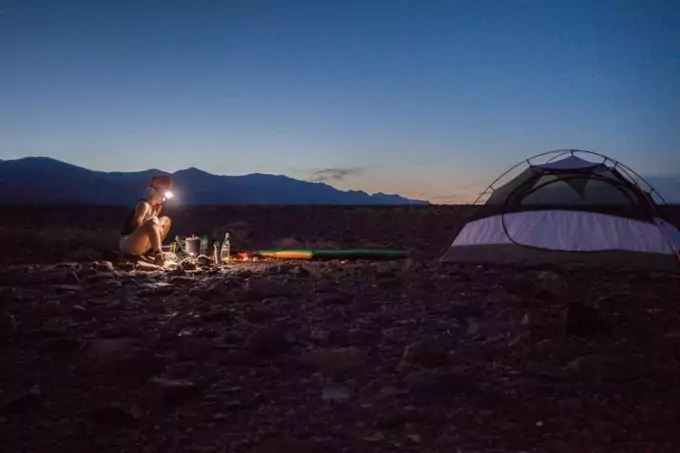
Through this article, this would equip you with the essentials in finding one of the most basic needs of humans. Consideration of the taste of survival food would be secondary; the importance is that you would be more than physically and mentally capable of finishing your next extraneous expedition.
A pro tip: knowledge is key! Always research ahead of time about the flora and fauna of the region, the different risky scenarios that you might encounter, and the different counter-measures you might need to undertake whenever you face these situations.
Things to always keep in mind
Prevention is key here. So, before you even leave on an expedition, it is best if you give great emphasis on food. This means packing up fresh foods that are up to date and that are full of nutrients and vitamins. Also, make sure that you are physically fit for the trip. Avoid drinking alcoholic beverages or smoking before leaving for the trip. Your body must be conditioned enough to endure the rigorous trail ahead.
Also, it is best to study the different flora and fauna of the region. Know about the plants that are edible, poisonous, or that can be used for medicinal purposes. If you are quite unsure if it is edible or not, you can always do a taste test to see if you would get any weird reactions. If there’s no reaction, then you can start chewing small pieces.

Also avoid plants or animals that have an eerie bright color. They tend to be a signal that they can be poisonous. Always make sure to stay hydrated and have some sort of bite-sized food in order to keep you energized.
Always listen to your body. If you feel that there is something wrong, don’t ignore that. Be vigilant and cautions. Pay attention to your surroundings. But no matter how prepared you are in preparing your food, the unpredictability of your expedition might require you to gather and acquire survival foods in your surroundings.
What is Survival Food?
The basic premise of this food is to survive; everything else comes in secondary. Knowing the nature of the wild, it can be truly unpredictable. This can come in different forms-from insects, slugs, or edible plants, to wild animals such as rabbits and wild boars.
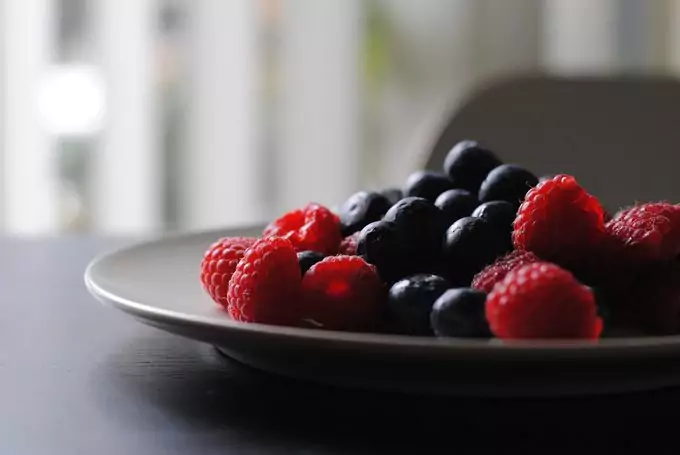
The individual’s priority is to take advantage and maximize everything that is available and find edible food that would strengthen or sustain the required amount of energy that is needed to survive in the wild, give the most amount of vital nutrients, and supply you with the suitable number of vitamins, minerals, proteins, and carbohydrates.
Different types of survival food and where to find them
Plants – There are a lot of edible plants, berries, and fruits that you can spot in the wild. Knowing some key aspects of these plants may help you decipher which ones are poisonous and the ones that you can eat.
Local knowledge about the different flowers of the indicated region and asking which ones to stay away from can help you in the long run. Another indicator that the flora can help you in distinguishing, is that if the animals in the area are reluctant to eat or even give out a negative reaction when in contact with the plant, it is best to stay away from that.
Insects – Don’t be too reluctant in grabbing insects in the wild. Despite their peculiar and sometimes creepy appearance, bugs are one of the most incredible sources of your vital nutritional needs. These insects contain a significant amount of protein and fat. Also, there is not much of a difficulty in finding and catching insects. You can usually spot them in moist areas, inside logs, on the roots of big trees, or even on the ground.

Despite the general perception of people that bugs have an odd taste, most of them are palatable and are at times considered as favorite delicacies in their different localities. Most of insects such as worms, bugs, molluscs, grasshoppers, and crickets can be eaten raw. However, cooking, frying, or roasting insects are preferable. It kills off most of the parasites inside the insect and is making it easy to digest.
Fish – The sea is your friend. If you are near a river or any body of water that holds different sea creatures, this is a great alternative to obtain food. Depending on where you are situated, you can find crustaceans like crabs, shellfish, oysters, and different types of fishes and marine life that you can just cook or eat raw. During low tide, it is easy to spot these sea creatures, so make sure to take advantage of the situation.
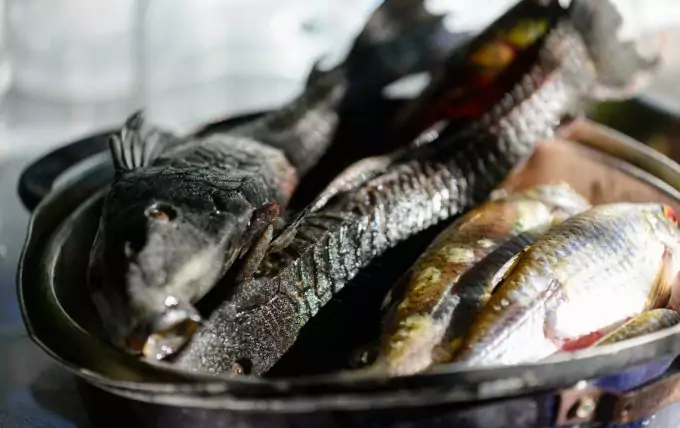
Wild Land Animals – If you have a considerable amount of experience in hunting wild animals, this can be a feasible way of finding food in a survival situation. Hunting is difficult to some extent in finding food. On the other hand, setting up traps can lessen the amount of energy exerted and lets you have spare time to find different food sources. Learning how to set-up traps that are easy to construct can greatly increase your chances of catching your next meal.
Eggs – Eggs contain high amounts of vitamins and nutrients that are safe and easy to get. You can cook it in a variety of ways. You can always spot these eggs in their nests. Occasionally, you can see some of these eggs on the ground or covered in soil.
Different methods of foraging survival food
Hunting – This is the practice of killing, chasing, and trapping wild animals for food. It takes great skill and an amount of experience to be effective in it. Unless you are used to hunting, it isn’t advisable to use this method. On the other hand, if you are confident with your skill-set, it gives you an upper hand in finding for survival food.
Trapping is a time efficient method of catching different wild animals that can be at times frustrating if used ineffectively, and fruitful if the attempt was a success. There are a wide-array of ways in creating different traps for various situations in the wild.
Another consideration in making these traps would be the kind of animal that you wish to catch, the scenario that you are situated, and the tools and equipment that are available at your disposal. Other traps may be more effective than others. That was why that one must make sure to way in the pros and cons in buying and setting up traps.
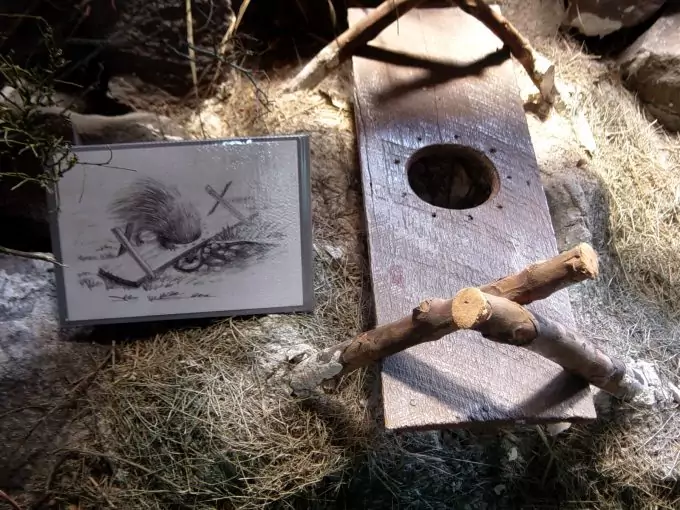
A great example of an effective trap is the snap trap. It is a trap that crushes animals with its razor-sharp jaws that would kill, maim, or leave the animal impaired and immobilized. This trap is very simple in nature, but is considered to be one of the bread and butter of experienced hunters and expeditioners. If situated in an area where animals might stray upon, and if it has an effective bait, the chances of the success of the trap are considerably high.
Another common type of trap is the cage trap. It is widely popular and is used in various survival situations in different settings. Again, the effectiveness of the trap lies in the perfect placement of the trap and understanding the environment and the behavior of the wild animal. With great patience, it can also be your go-to method whenever the need arises.
Fishing – You must take advantage of the abundance of fauna if you are near a stream, a lake, or a body of water that has different life forms. The best time to catch fish is before dawn or after dusk. As always emphasized in the previous paragraphs, having knowledge about the different types of fishes in the region, the weather patterns, temperature levels, and knowing their tendencies before your trip will prove to be useful.
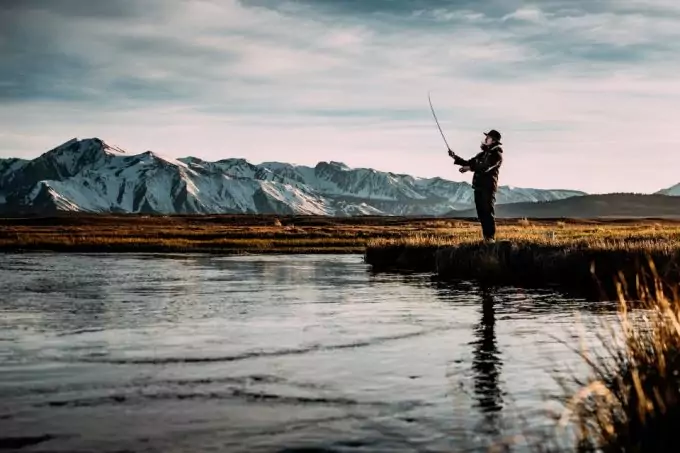
For catching fish, a fishing net, or even making an improvised one can be very effective in catching small to medium sized fish. You can use your shirt to make a net. Another efficient method would be angling. You must have a hook, a bait, and a small floating object to signal you if you have a potential catch.
You can always improvise the different materials used on your trip, but it is best to include this in your survival kit. Lastly, if you have fast hands and a great reaction time, spearing fish can be an alternative. It is effective in shallow waters where your catch can be visible. A forked spear greatly increases your catch because of its stabbing power.
Cooking your food
Cooking makes the survival food more tolerable to eat. Whether it would be boiling it, roasting, or frying, these methods can bring out more flavor. Additionally, it safeguards you most of the harmful parasites that can pester your digestive system are mostly killed.

For this, a cooking stove is highly recommended for these types of situations However, you must also learn how to make a fire in case that your cooking stove is out of your options.
Things to keep in mind
Here, you will read what are the most important things when it comes to surviving in the wild and finding that essential source of food.
Do your home work – Preparation and gathering vital information before going on your trip will equip you in approaching sticky situations. An ample amount of knowledge about the different projected scenarios and the different countermeasures that you can take will be beneficial when the time comes. So, make sure to study, study, study!
Keep looking inside those logs – Those scrumptious creepy crawlers are just there whenever you need a quick pump of protein and fat. Just be careful of those spiders and other venomous insects.
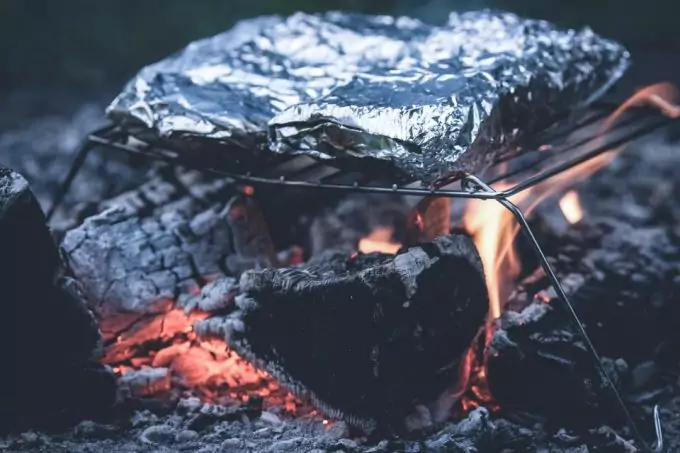
It is always best to cook your food – The worst thing in a survival situation is being ill and can cause some serious drawbacks and complications. To avoid that, cooking your food is the best way to kill the parasites or bacteria that are living inside the animal. A simple way of cooking is skewering your catch and roast it over a fire. Plus, it enhances the taste of your food. A win-win situation for you.
Eat plants with caution – Some types of plant species may look similar, but the other one might be poisonous. They may be more accessible than other survival foods, but just make sure that you can distinguish edible plants from poisonous ones.
Final Thoughts
We believe that you have learned some great concepts of finding survival food from this article. It is with utmost importance that you would learn the basics in effectively surviving in the wild. If you are ill-equipped in the wild, it would be detrimental to the success and can cause some severe complications in your next trip.
You should have the ability know how’s on the different types of survival food, the Do’s and Don’ts in eating, hunting, and gathering survival food, and how to eat them that would maximize the vitamins and nutrients in the food. Continuing to study these concepts can greatly help you.
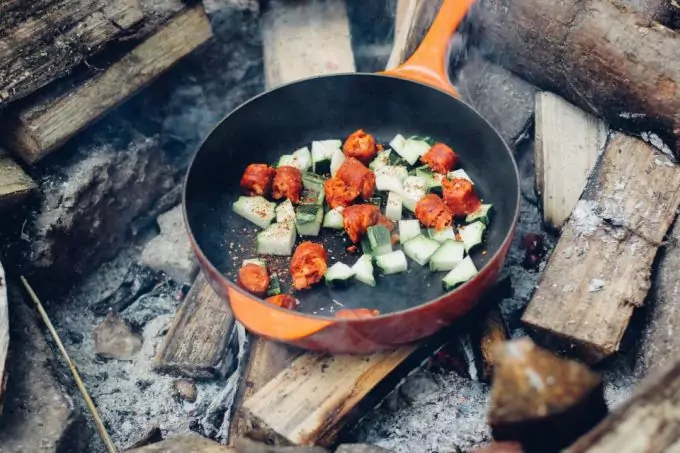
Have you tried in finding for survival foods in the wild? What are your experiences during the process? You can share them with us on how you surpassed the scenario by leaving a comment below! We’d love to get to know your story!


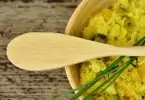
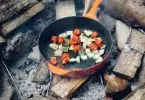
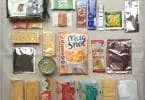



Food foraging skills are absolutely important for surviving the unknown. I personally learnt the importance of the skills the hard way. So, learn as much as you can, you never know when you will need to find food in the wild.
That’s quite an ingenious skill. You should also consider fishing and hunting, if you aren’t good in identifying edible plants.